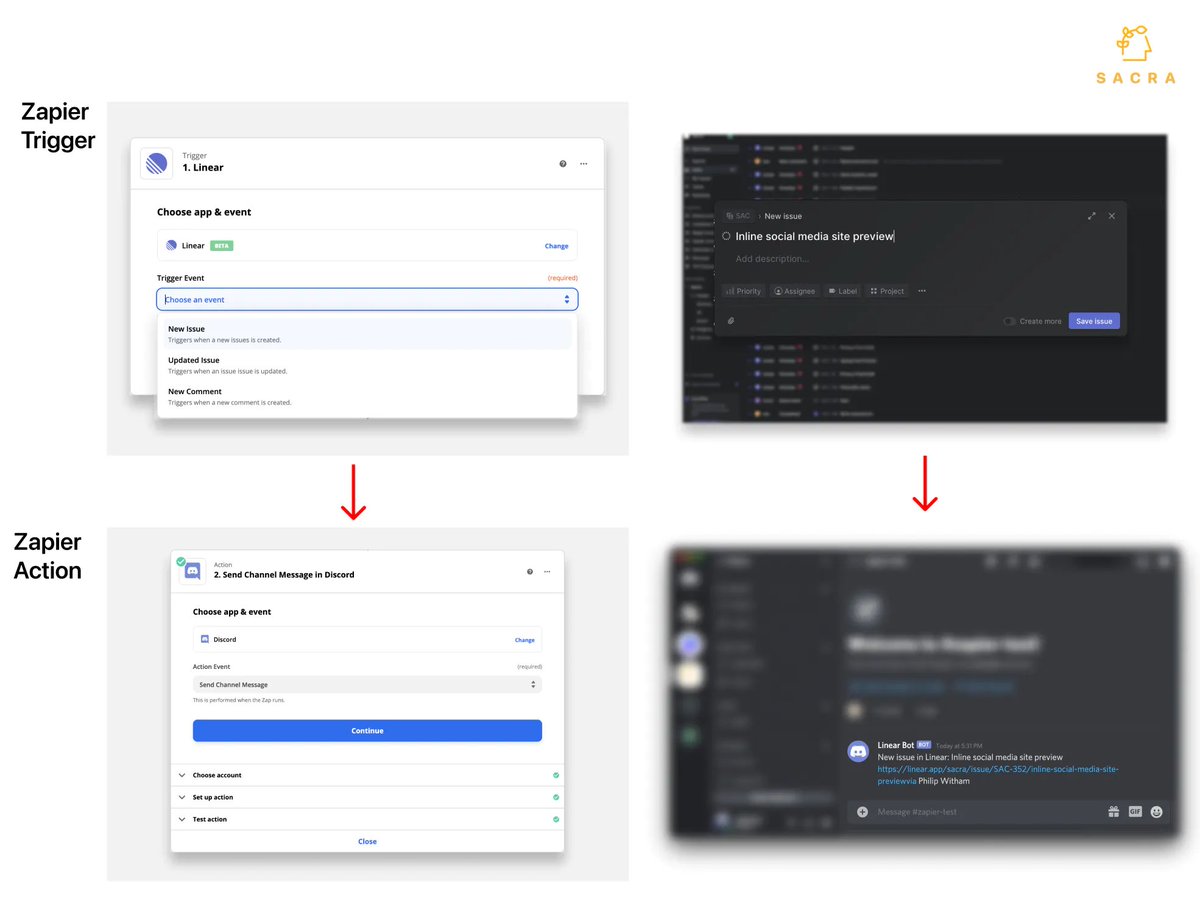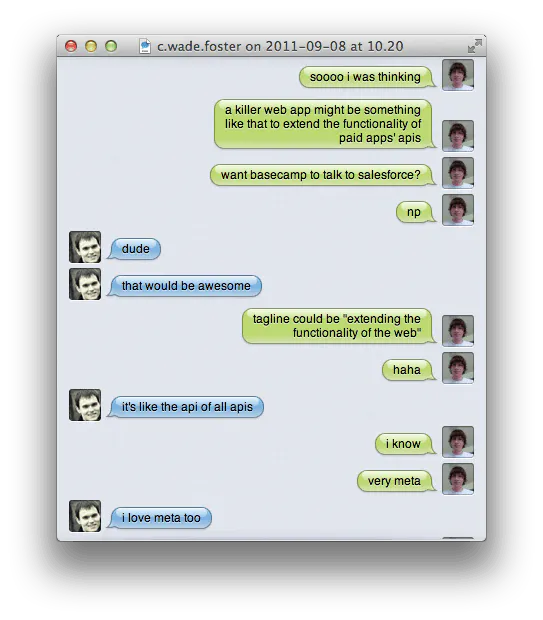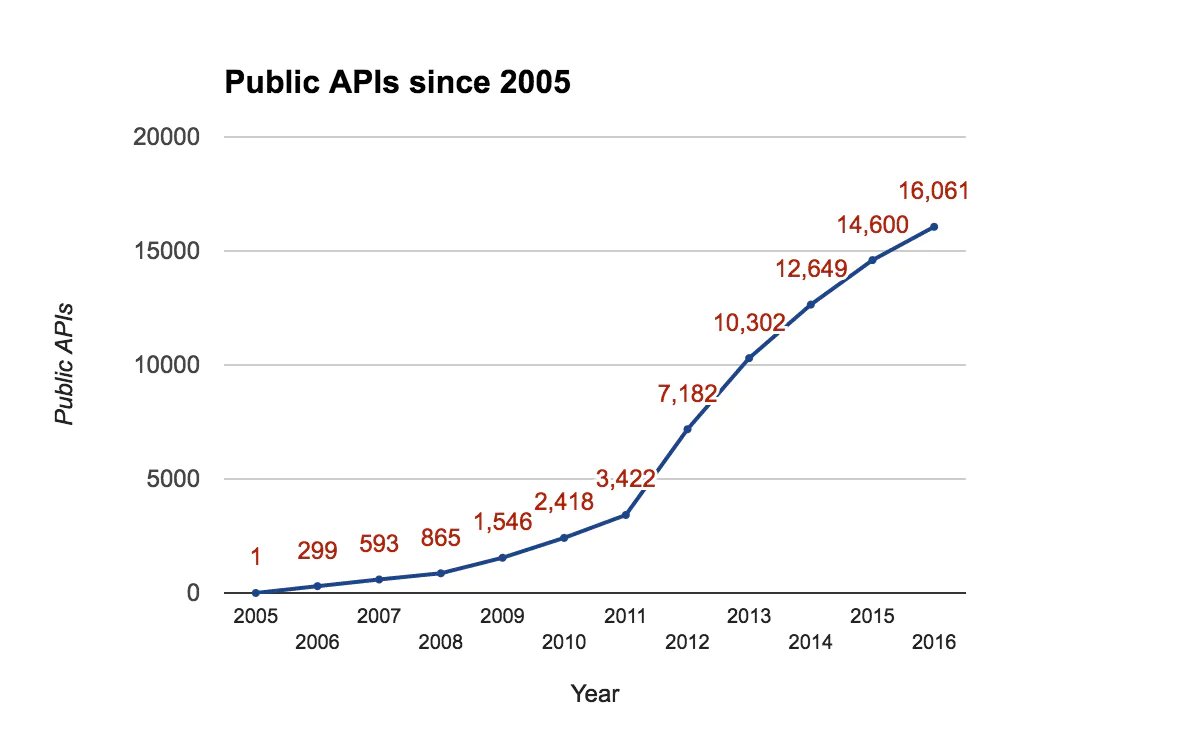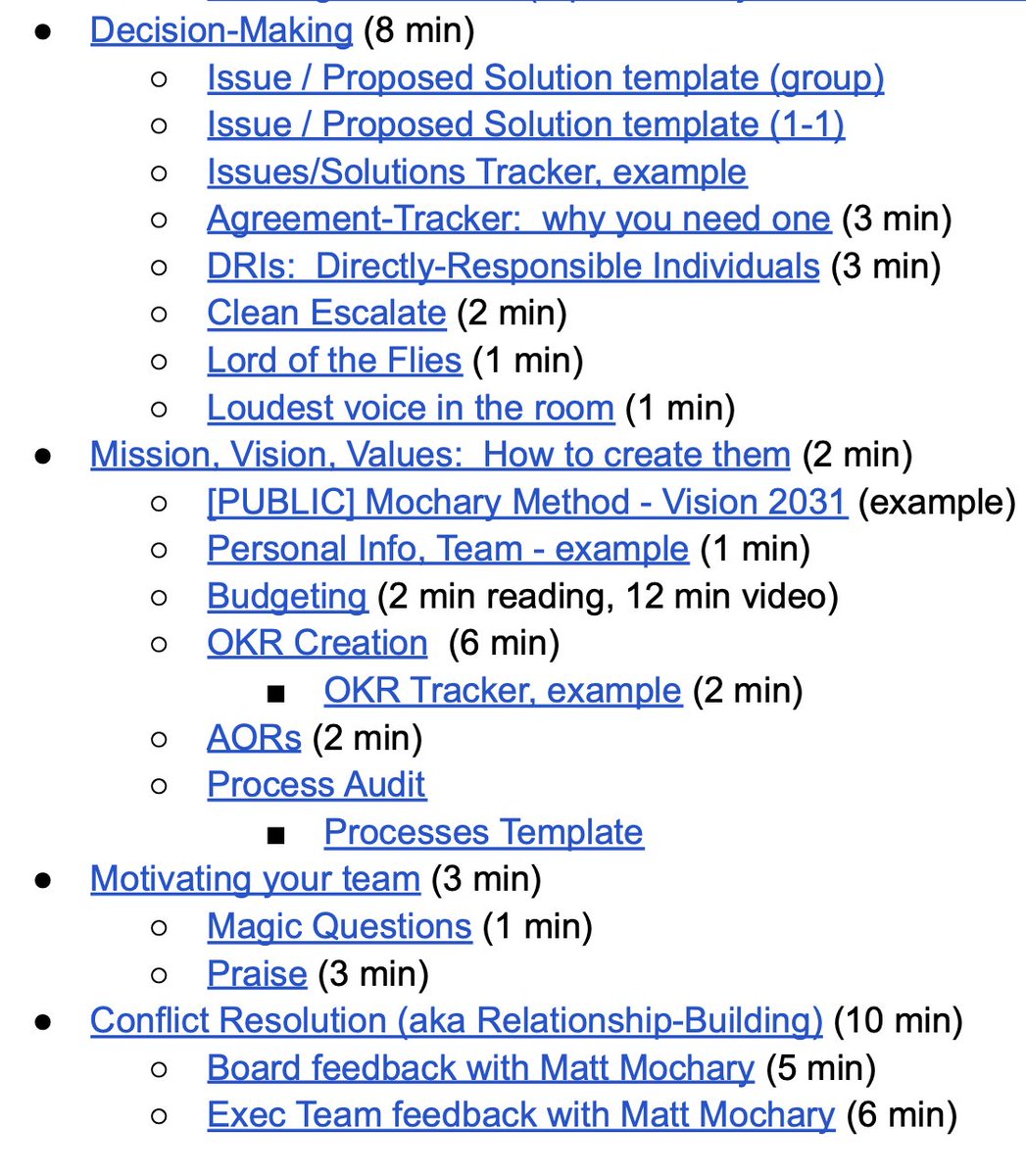The contemporary idea in online business is that you need to build an audience, get to know their needs, and then build something they want.
It's focused a lot on *who* you serve. (Who are these people? Do they have money? Where do they hang out?)
But is this the best way? 👉
More from Startups
.@zapier built a $140M ARR business on $1.4M in VC that has become the logic layer of the no-code industry.
But it has the potential to be something even bigger: the Netflix of productivity.
Our report and a thread 👉
We believe @seqouia and @steadfast got a good deal buying into Zapier at $5B.
We value Zapier at $7B based on:
- 30-50% YoY growth over the next five years
- Zapier’s monopoly status in the solopreneur/SMB market
- 30-40% YoY growth of no-code TAM
No-code is huge and growing, but as @edavidpeterson has written, no-code is about more than tools: it’s about a philosophy that emphasizes interoperability and customizing your software to your needs.
https://t.co/UJY6BRtXwl

.@zapier enabled interoperability by building a solution to one of the intractable problems in SaaS: APIs that don’t talk to each other.
The product took off and hit $100M ARR in just 9 years, comparable to companies that have raised 100x as much money.
https://t.co/0Thk42eRpJ

Zapier was riding an explosion in APIs that started the same year they were founded—2011.
Suddenly, every SaaS business wanted to offer its users extensibility, but not spend time figuring out what integrations to build or building them.
That’s where Zapier came in handy.

But it has the potential to be something even bigger: the Netflix of productivity.
Our report and a thread 👉
We believe @seqouia and @steadfast got a good deal buying into Zapier at $5B.
We value Zapier at $7B based on:
- 30-50% YoY growth over the next five years
- Zapier’s monopoly status in the solopreneur/SMB market
- 30-40% YoY growth of no-code TAM
No-code is huge and growing, but as @edavidpeterson has written, no-code is about more than tools: it’s about a philosophy that emphasizes interoperability and customizing your software to your needs.
https://t.co/UJY6BRtXwl

Trying this on for size\u2026
— David Peterson (@edavidpeterson) January 14, 2021
\u201cNo code\u201d isn\u2019t a coherent category. It\u2019s a design philosophy.
But tools built with this philosophy in mind will be the biggest winners of the next decade.
Let me explain what I mean by way of analogy.
.@zapier enabled interoperability by building a solution to one of the intractable problems in SaaS: APIs that don’t talk to each other.
The product took off and hit $100M ARR in just 9 years, comparable to companies that have raised 100x as much money.
https://t.co/0Thk42eRpJ

Ever notice that Zapier is doing $100m+ and has no direct competition? Found their niche and crushed it \U0001f44c
— Tyler Tringas (@tylertringas) November 7, 2019
Zapier was riding an explosion in APIs that started the same year they were founded—2011.
Suddenly, every SaaS business wanted to offer its users extensibility, but not spend time figuring out what integrations to build or building them.
That’s where Zapier came in handy.

Matt Mochary has been CEO coach to @naval, the founders of OpenAI, Notion, Rippling, Robinhood, Coinbase, Reddit, Plaid, Flexport, Opendoor, partners at Sequoia, YC, Benchmark, and many others.
He also open-sourced his entire curriculum, templates and all. Here's a link 👇

The Mochary Method Curriculum ➔ https://t.co/A8J51IzYhz
My recent conversation with @mattmochary where we talk about fear, anger, innovation, how to lay people off well, and his coaching practice ➔
Also in podcast form ➔
For more from Matt, buy this book
He also open-sourced his entire curriculum, templates and all. Here's a link 👇

The Mochary Method Curriculum ➔ https://t.co/A8J51IzYhz
My recent conversation with @mattmochary where we talk about fear, anger, innovation, how to lay people off well, and his coaching practice ➔
Also in podcast form ➔
For more from Matt, buy this book
You May Also Like
H was always unseen in S2NL :)
Those who exited at 1500 needed money. They can always come back near 969. Those who exited at 230 also needed money. They can come back near 95.
Those who sold L @ 660 can always come back at 360. Those who sold S last week can be back @ 301
Those who exited at 1500 needed money. They can always come back near 969. Those who exited at 230 also needed money. They can come back near 95.
Those who sold L @ 660 can always come back at 360. Those who sold S last week can be back @ 301
Sir, Log yahan.. 13 days patience nhi rakh sakte aur aap 2013 ki baat kar rahe ho. Even Aap Ready made portfolio banakar bhi de do to bhi wo 1 month me hi EXIT kar denge \U0001f602
— BhavinKhengarSuratGujarat (@IntradayWithBRK) September 19, 2021
Neuland 2700 se 1500 & Sequent 330 to 230 kya huwa.. 99% retailers/investors twitter par charcha n EXIT\U0001f602

















